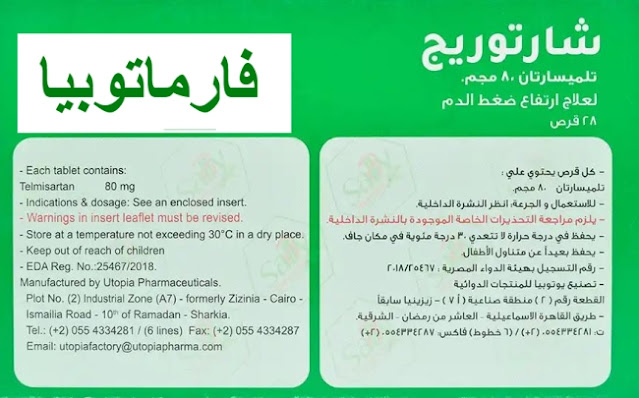Antiflu Capsules: Information for Patients
Antiflu capsules combine three ingredients to relieve symptoms of the common cold and allergies: ibuprofen, pseudoephedrine, and chlorpheniramine. Let's break down what each does and how they work together.
Understanding the Ingredients:
- Ibuprofen: This is a pain reliever and fever reducer. Imagine it like a tiny firefighter, calming inflammation and bringing down your body temperature when you're feeling hot and achy.
- Pseudoephedrine: Think of this as a decongestant. It works by shrinking swollen blood vessels in your nose and sinuses, making it easier to breathe. Imagine it like opening up tiny traffic tunnels to clear congestion.
- Chlorpheniramine: This is an antihistamine, which helps combat allergy symptoms like runny nose, sneezing, and itchy eyes. Picture it like tiny shields blocking allergy triggers, keeping your body calm and comfortable.
When is Antiflu helpful?
Antiflu capsules can be used to relieve symptoms associated with:
- Common cold: Aches, pains, fever, headache, stuffy nose, runny nose, sneezing, watery eyes.
- Allergies: Hay fever, sinusitis, allergy symptoms like runny nose, sneezing, itchy eyes.
How to take Antiflu:
- Adults and children 12 years and older: 1-2 capsules, three times a day.
- Do not exceed 6 capsules per day.
- Always take with a full glass of water.
Important things to remember:
- Talk to your doctor before taking Antiflu: If you have any medical conditions like heart disease, high blood pressure, diabetes, or are pregnant or breastfeeding.
- Be aware of side effects: Common side effects include dizziness, drowsiness, upset stomach, and headache. If you experience severe or persistent side effects, stop taking Antiflu and consult your doctor.
- Do not drive or operate machinery: Antiflu can cause drowsiness, so avoid activities requiring alertness until you know how it affects you.
- Store safely: Keep Antiflu out of reach of children and at room temperature (below 30°C).
Tips for managing your cold or allergies:
- Get plenty of rest: Your body needs time to heal.
- Drink fluids: Stay hydrated to thin mucus and soothe a sore throat.
- Use a humidifier: This can add moisture to the air and ease congestion.
- Gargle with salt water: This can soothe a sore throat.
- Over-the-counter saline nasal spray: This can help clear congestion.
Remember: This information is intended for general knowledge only and does not substitute for medical advice. Always consult your doctor before taking any new medication, especially if you have any underlying health conditions.
Additional Information:
- For more details about the common cold and allergies, you can visit the websites of the National Institutes of Health (NIH) or the Centers for Disease Control and Prevention (CDC).
- If you have any concerns or questions about Antiflu or your specific condition, talk to your healthcare provider.
About the Author
Dr. Ahmad Baker, PharmD
He is a senior pharmacist and health educator with extensive experience in the Middle East and North Africa region. Through his writing, Dr. Ahmad aims to empower communities by providing reliable, evidence-based health information. With expertise in clinical pharmacy and regulatory affairs, he strives to offer unique insights into healthcare and simplify complex medical concepts, making them accessible to everyone.
Legal Disclaimer
The information provided in this blog is for educational purposes only and is not a substitute for professional medical advice. We do not guarantee the accuracy or completeness of information regarding medications or medical products, and official sources should be verified before making any decisions. By using this blog, you agree to assume personal responsibility for relying on the information provided.

Comments
Post a Comment